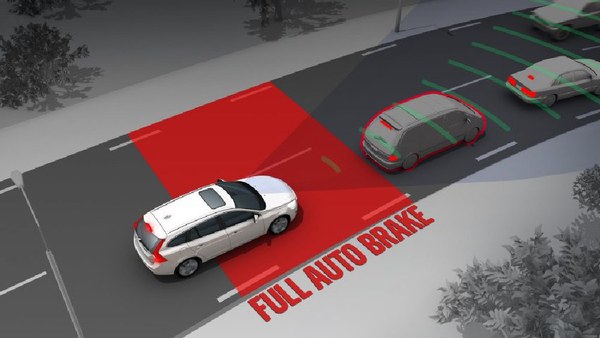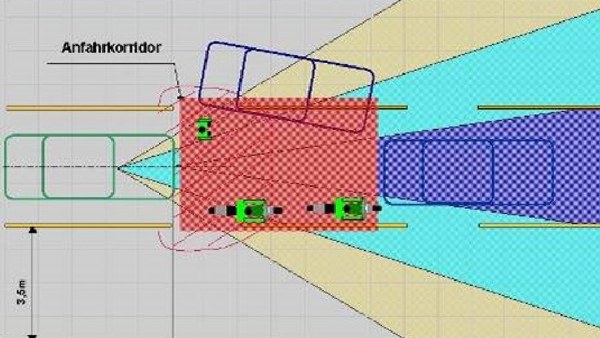ADAS Cruise Control Systems (Longitudinal Control)
Cruise control support includes:
- adaptive cruise control (ACC),
- traffic jam assist (ACC Stop & Go function),
- automatic emergency brake system.
The safe and user-oriented design of these systems, which are now available in production vehicles, is based on a number of tests and adjustments.
Adaptive Cruise Control (ACC)
Early systems were primarily designed for use on freeways, but it quickly became apparent that drivers also wanted to use them in urban environments and at speeds as low as 20 mph.
User-oriented design requires a system to behave like a human driver would or for drivers to at least understand why the system behaves the way that it does.
When passing another vehicle, for example, a human driver will reduce the distance to the vehicle in front before changing into the passing lane. In order to prevent an ACC system from braking in that situation, either the process of changing lanes must be initiated very early by the driver or – ideally – the system recognizes the driver’s intention to pass and does not brake too soon.
Based on vehicle data and trials, algorithms were developed to predict the driver’s intention to pass and to improve ACC behavior.
Literature
Blaschke, Christoph; Schmitt, Josef; Färber, Berthold: Überholmanöver-Prädiktion über CAN-Bus-Daten. In: ATZ, Automobiltechnische Zeitschrift, 11, 2008, 110. - S. 1022-1028.
Freyer, Jörn; Deml, Barbara; Maurer, Markus; Färber, Berthold: ACC with enhanced situation awareness to reduce behavior adaptions in lane change situations. In: Proceedings of the 2007 IEEE Intelligent Vehicles Symposium. Istanbul, Turkey. June 13-15, 2007.

